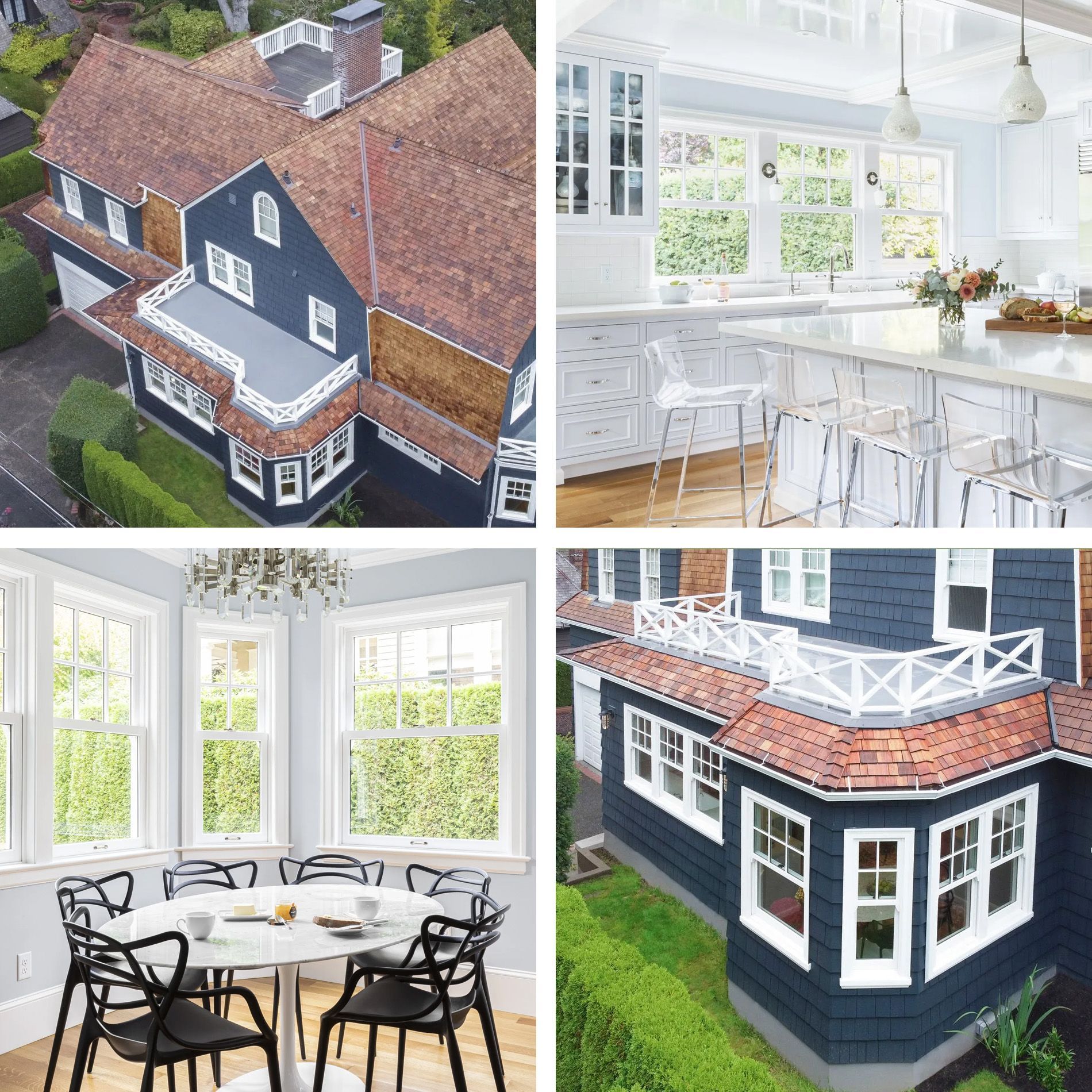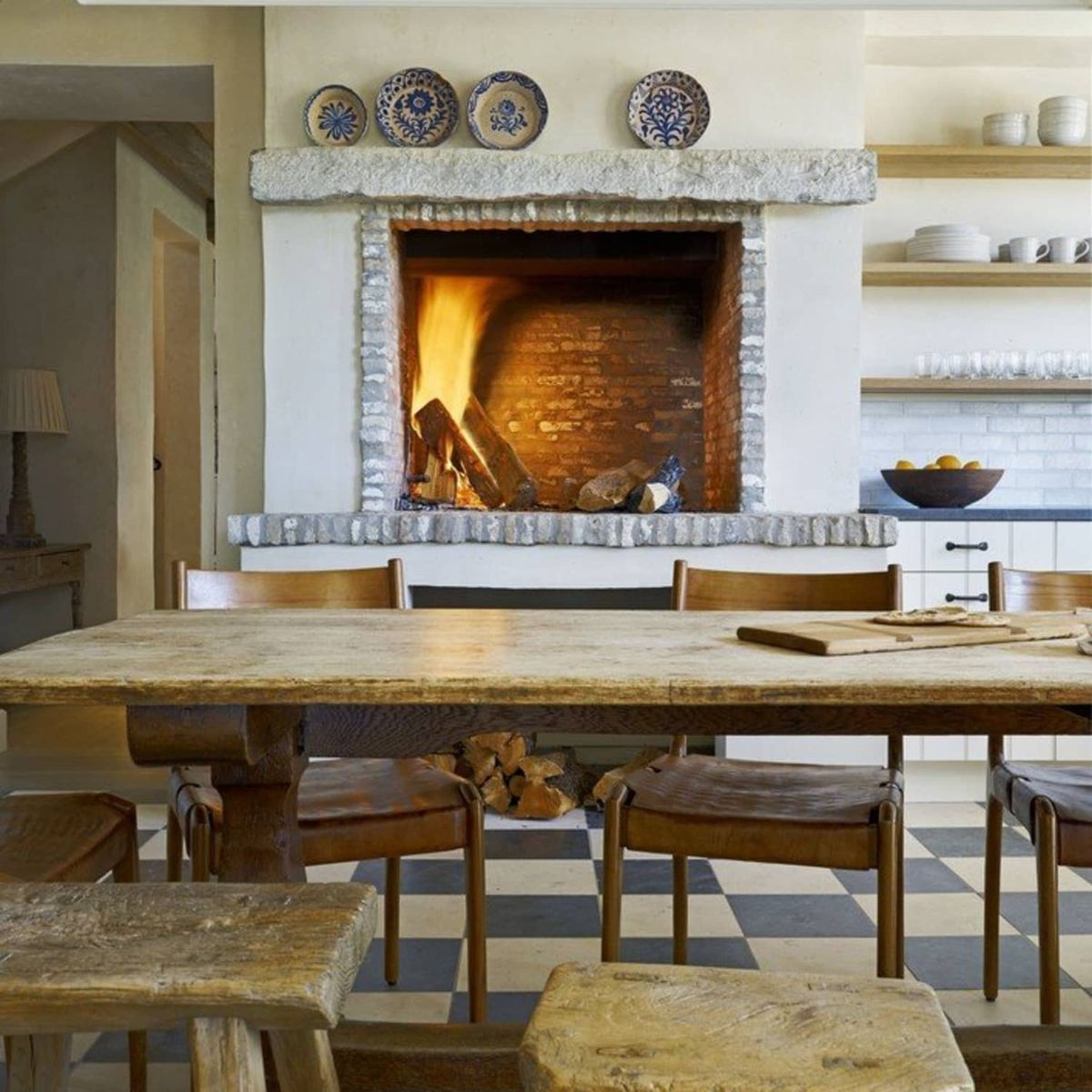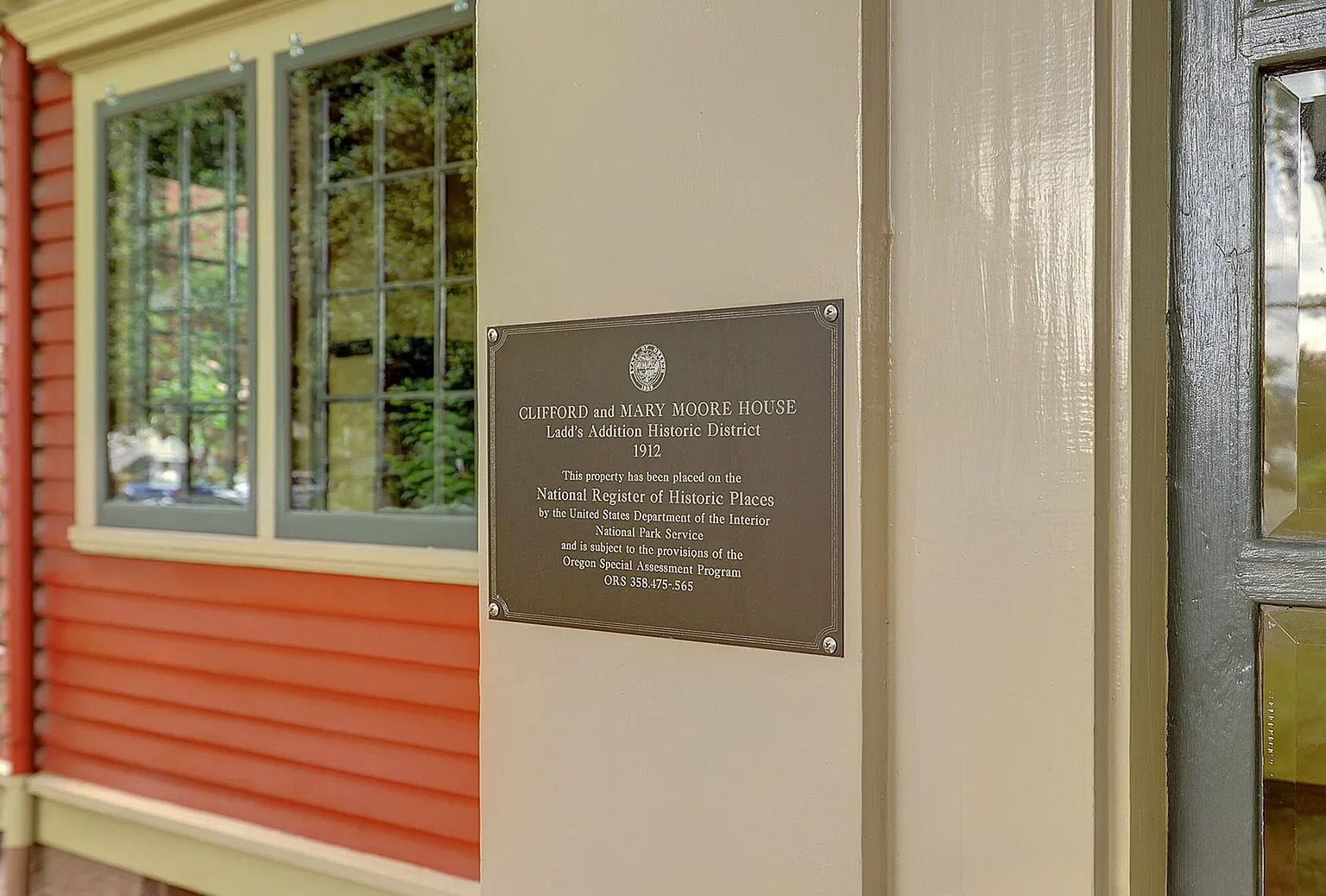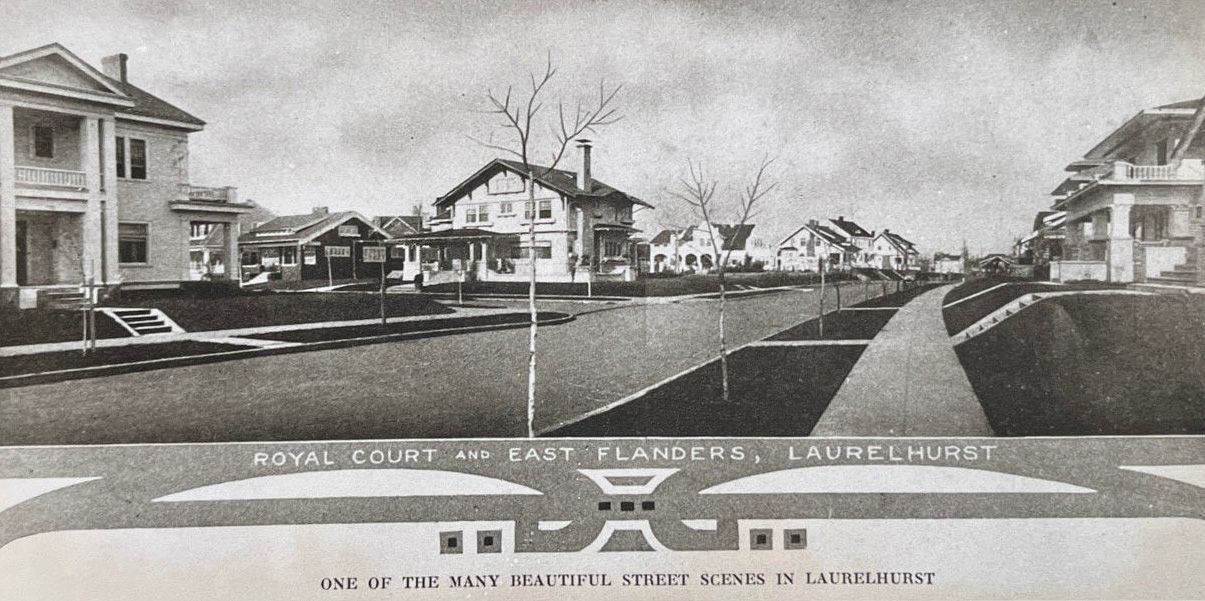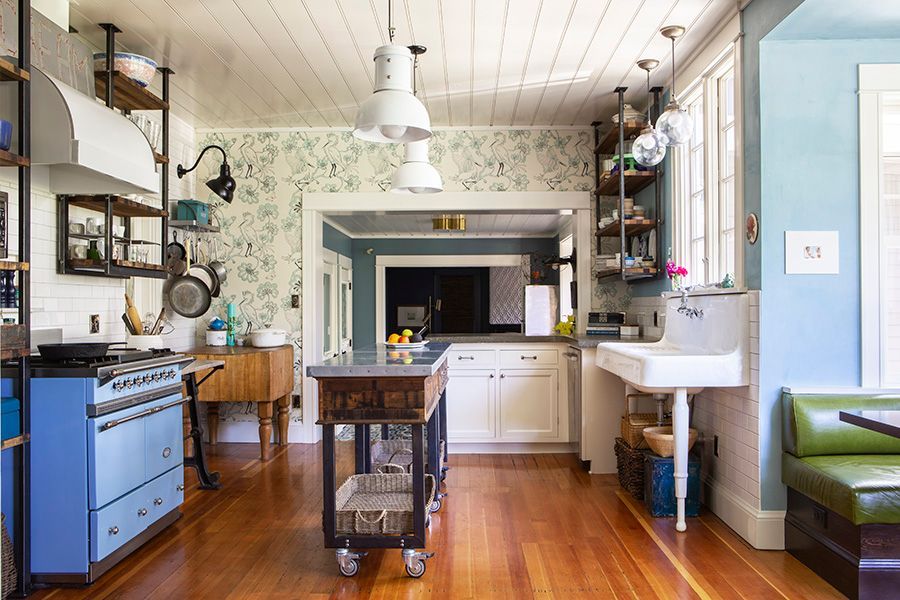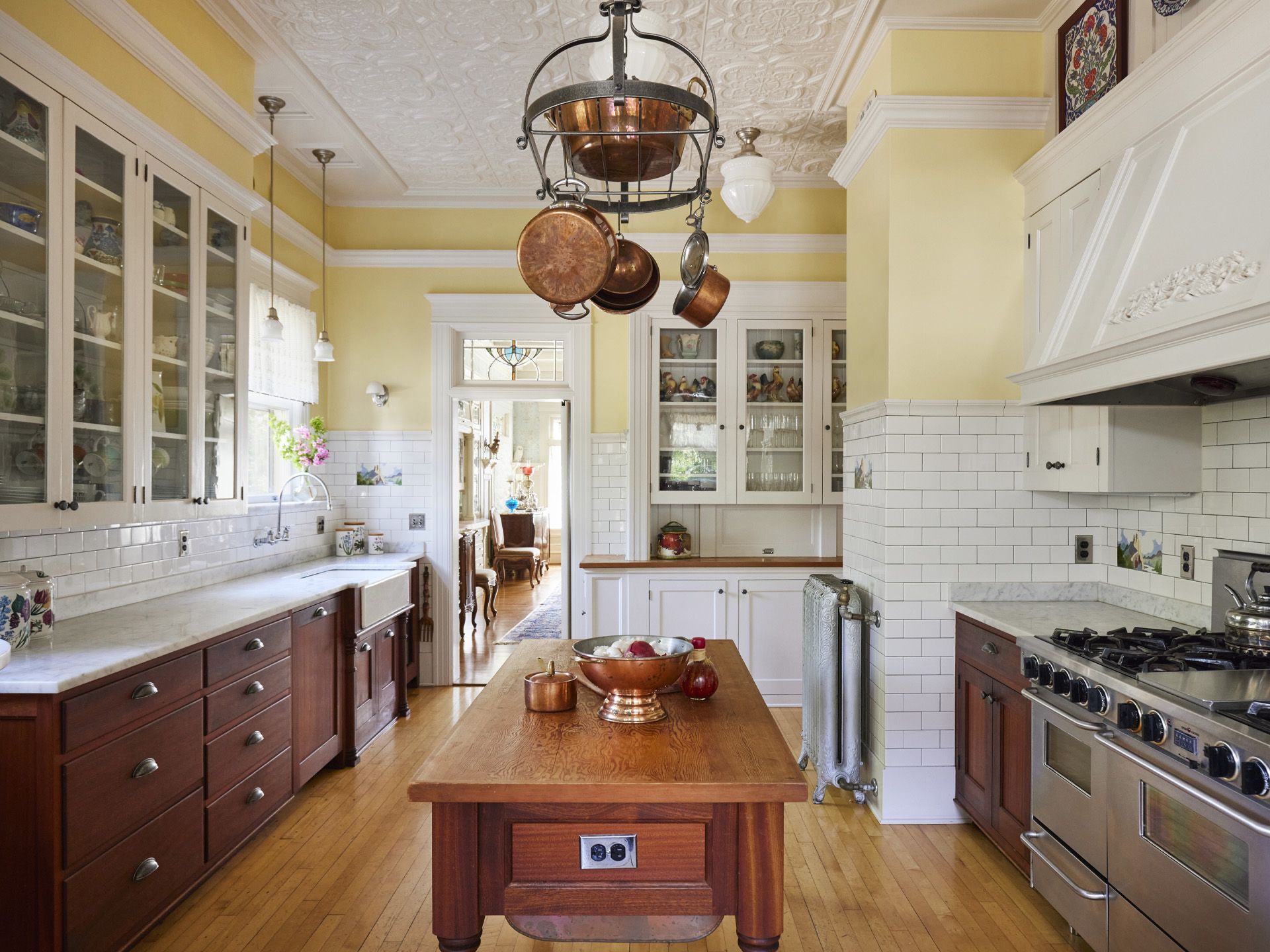
Beyond Cooking: How Kitchen Fireplaces Ignite Warmth, Connection, and Conversation
There's something undeniably magical about a fireplace in the kitchen. It's the perfect spot to gather around on chilly mornings with a warm cup of coffee or to enjoy breakfast as the fire crackles. Whether you're hosting a dinner party or sharing a quiet moment with family, the fireplace becomes the heart of the kitchen, offering both warmth and ambiance. It draws people in, making the kitchen not just a place to cook, but a space to connect, relax, and enjoy each other's company.
That was exactly our goal with this 1913 Colonial mansion perched atop a hill in Southwest Portland. From the moment we stepped into the kitchen and adjacent breakfast room, we saw an opportunity to improve the space. While it functioned well for our clients, the two rooms felt disconnected. A single doorway and a fireplace—facing only the breakfast room—kept the spaces separate. The result? A breakfast room that was seldom used because everyone naturally gathered in the kitchen.
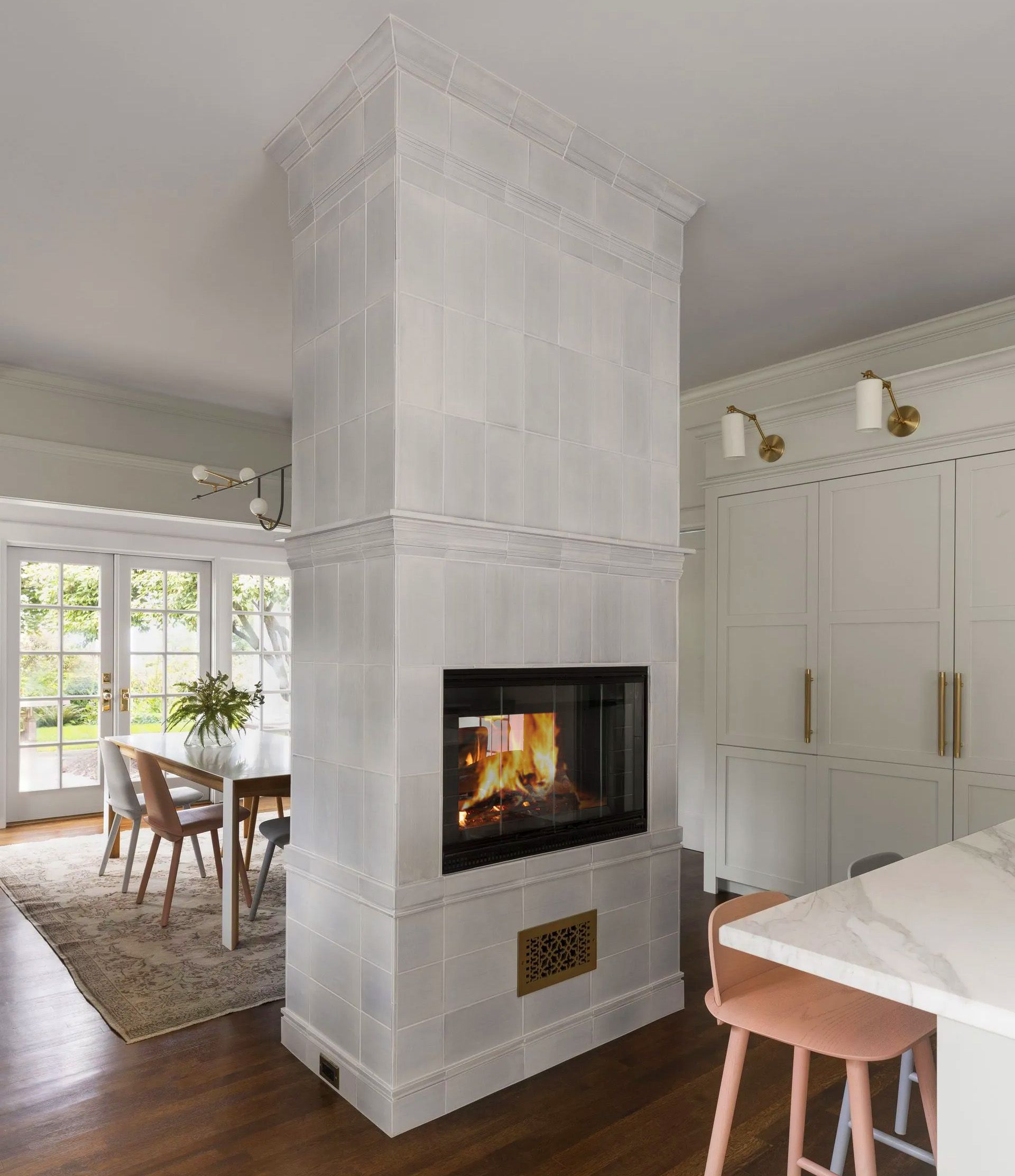
Our solution was to make the fireplace the true heart of the space, connecting the two rooms in a way that felt both seamless and intentional. We removed the dividing wall, relocated the range to the perimeter, and designed a double-sided fireplace that could be enjoyed from either side. This approach not only unified the rooms but also created a striking focal point that felt as though it had always belonged.
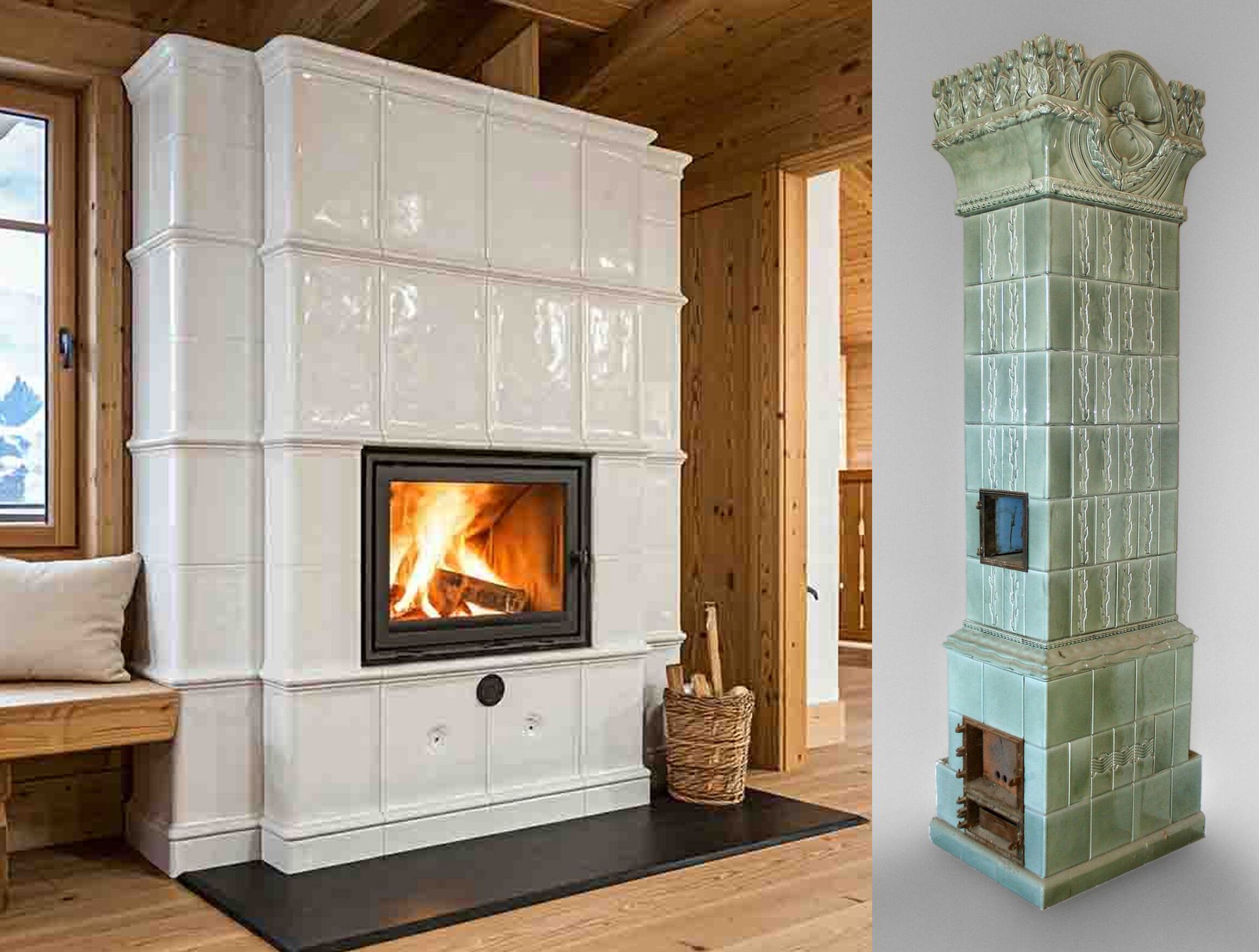
How to Incorporate Historic Design Elements into Your Modern Kitchen Fireplace
Inspired by traditional German and Scandinavian porcelain tile stoves (Kacheloffen), we wanted the fireplace to evoke the same timeless elegance while staying true to the home's original character. These historic stoves are known for their impressive craftsmanship, decorative tilework, and ability to radiate warmth efficiently. We brought that same sense of artistry into our design by collaborating with Tempest Tileworks to create custom tiles that mimicked the home's original millwork.
Every detail was carefully considered—from measuring and profiling the existing trim to accounting for kiln shrinkage, ensuring each tile fit perfectly once fired. Our design team created hand-drawn elevations to guide the tile setters, ensuring a result that felt authentic and intentional.
For functionality, we opted for a gas fireplace insert for its ease of use and positioned it at a height that worked beautifully for both the island and breakfast nook seating. We also improved the overall flow of the space by adjusting the exterior doors in the nook to swing outward, allowing for a larger dining table. Relocating refrigeration and small appliance storage to a wall of full-height cabinetry maximized the tall ceilings and abundant natural light.
The result? A kitchen and breakfast room that are no longer just functional spaces—they're a warm and welcoming destination where friends and family naturally gather, day or night. The fireplace not only ties the rooms together but also creates an atmosphere that's both cozy and grand, a perfect balance for this historic home.
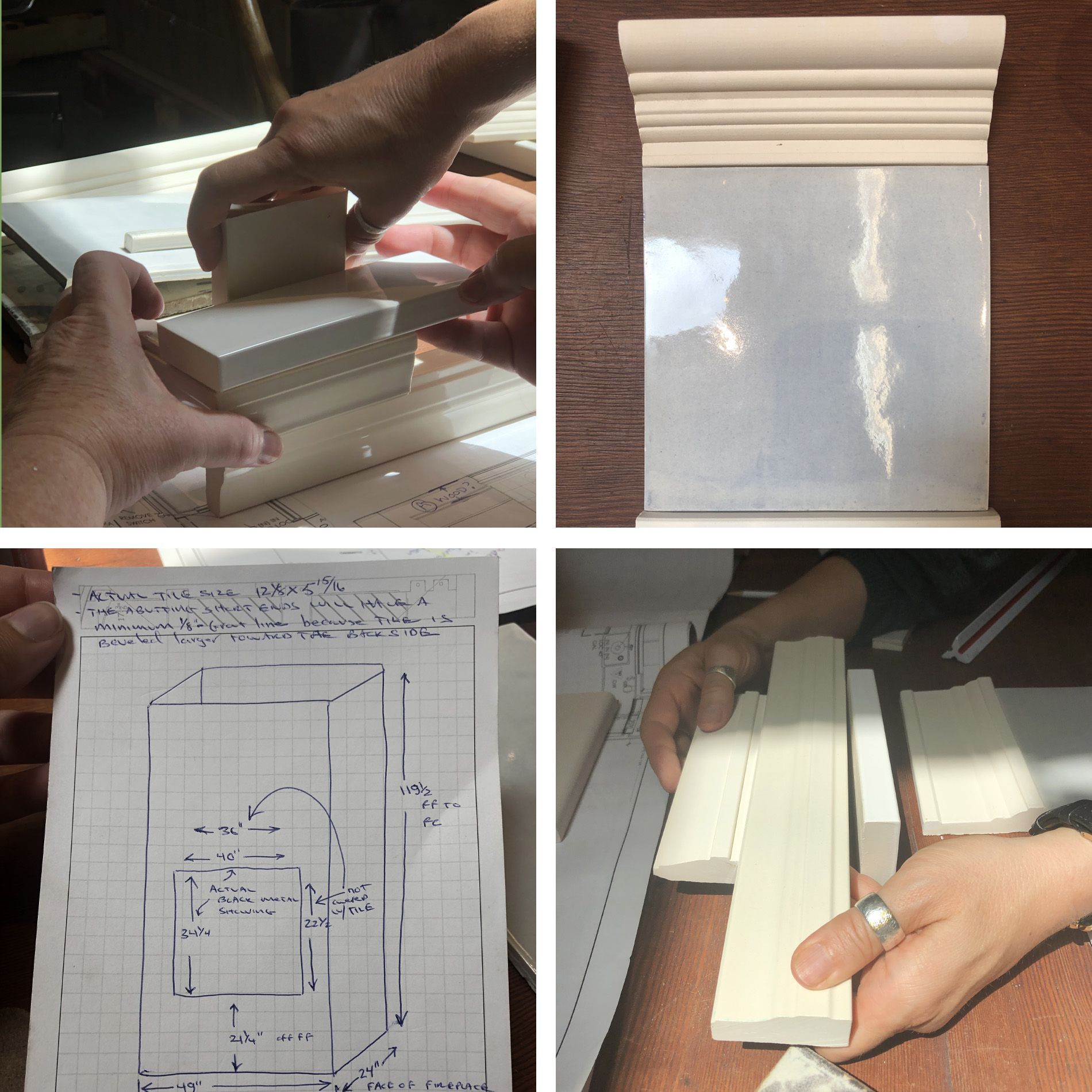
Wood-Burning, Gas, or Electric: Choosing the Right Type of Fireplace for Your Kitchen Design
Considering adding a hearth to your cooking space? Here's what to keep in mind:
- Wood-burning fireplaces are ideal if you want to cook over an open flame, but they require a chimney and regular maintenance.
- Gas fireplaces provide a real flame and ample heat, making them well-suited for larger kitchens. They do require venting but offer convenience and ambiance.
- Electric fireplaces are the most efficient and don't require venting. While the flame is simulated, they allow you to enjoy the glow without the heat, making them flexible for all seasons.
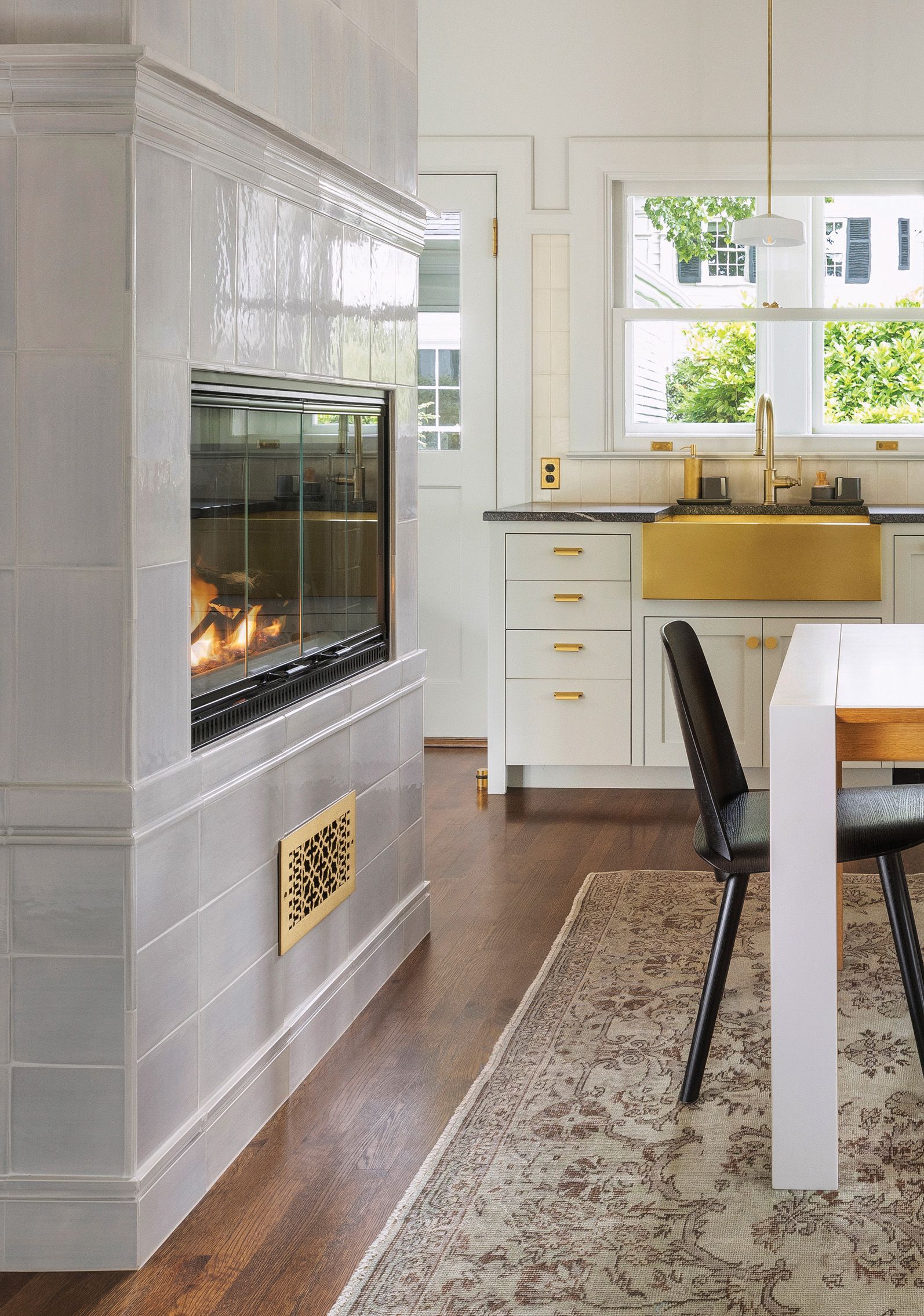
The Perfect Location for Your Kitchen Fireplace Depends on Sight Lines and Seating
- Venting needs will dictate placement. A wood-burning fireplace requires a masonry chimney, while a gas fireplace can be vented through a small duct in an exterior wall or roof. Electric models offer the most flexibility since they don't require venting.
- Consider sightlines—position the fireplace where it can be enjoyed without overheating nearby seating or prep areas. Wood-burning fireplaces generate the most heat and should be placed at least 4 feet away from work zones, while gas fireplaces can be 3 feet away.
- The height of the fireplace also matters. We recommend placing the firebox 12 to 30 inches off the floor, depending on seating arrangements and how the fire will be viewed while standing or sitting.
Maintenance Requirements for Different Types of Kitchen Fireplaces: What You Need to Know
- Wood-burning fireplaces require regular ash cleanup and professional chimney sweeping to ensure safe operation.
- Gas fireplaces need annual inspections to check gas lines and vents.
- Electric fireplaces are virtually maintenance-free but benefit from occasional dusting to keep them in top shape.
A Double-Sided Fireplace Can Seamlessly Connect Your Kitchen to Adjacent Living Spaces
Adding a fireplace to a kitchen isn't just about warmth—it's about creating an inviting gathering place, defining spaces while maintaining connection. This project is a perfect example of how a well-placed double-sided fireplace can do just that. Positioned within a custom-tiled feature wall, it serves as a beautiful architectural element while seamlessly tying the kitchen and breakfast nook together.
If you're considering a kitchen renovation, a fireplace might just be the feature that makes the space truly special.
Frequently Asked Questions About Kitchen Fireplaces
Why add a fireplace to your kitchen?
A kitchen hearth creates a genuine focal point and gathering space in your home. There's something magical about enjoying your morning coffee beside a crackling fire that makes everyday moments special. Beyond aesthetics, it establishes a central hub where family and friends naturally congregate.
What benefits does a kitchen hearth provide?
A thoughtfully designed cooking area fireplace provides more than just warmth—it enhances the entire atmosphere of your space. It brings a distinctive ambiance, helps define different functional areas within open-concept layouts, and creates a stunning architectural feature. We've incorporated this element into numerous designs, and it consistently elevates the entire experience of the room.
Are gas fireplaces a good option for kitchens?
Gas models represent an excellent option for many homes. They provide the beauty of genuine flames with the convenience of instant operation and precise temperature control. The ability to enjoy a fire without preparation makes gas particularly well-suited to the kitchen environment where convenience is often paramount.
What is the ideal height for a kitchen fireplace?
For optimal viewing and heat distribution, we typically recommend positioning the firebox between 12 and 30 inches above floor level. This height range works effectively for both seated and standing enjoyment. We recently incorporated this principle in our Southwest Portland project, where the fireplace has become the client's favorite feature in their new kitchen space.
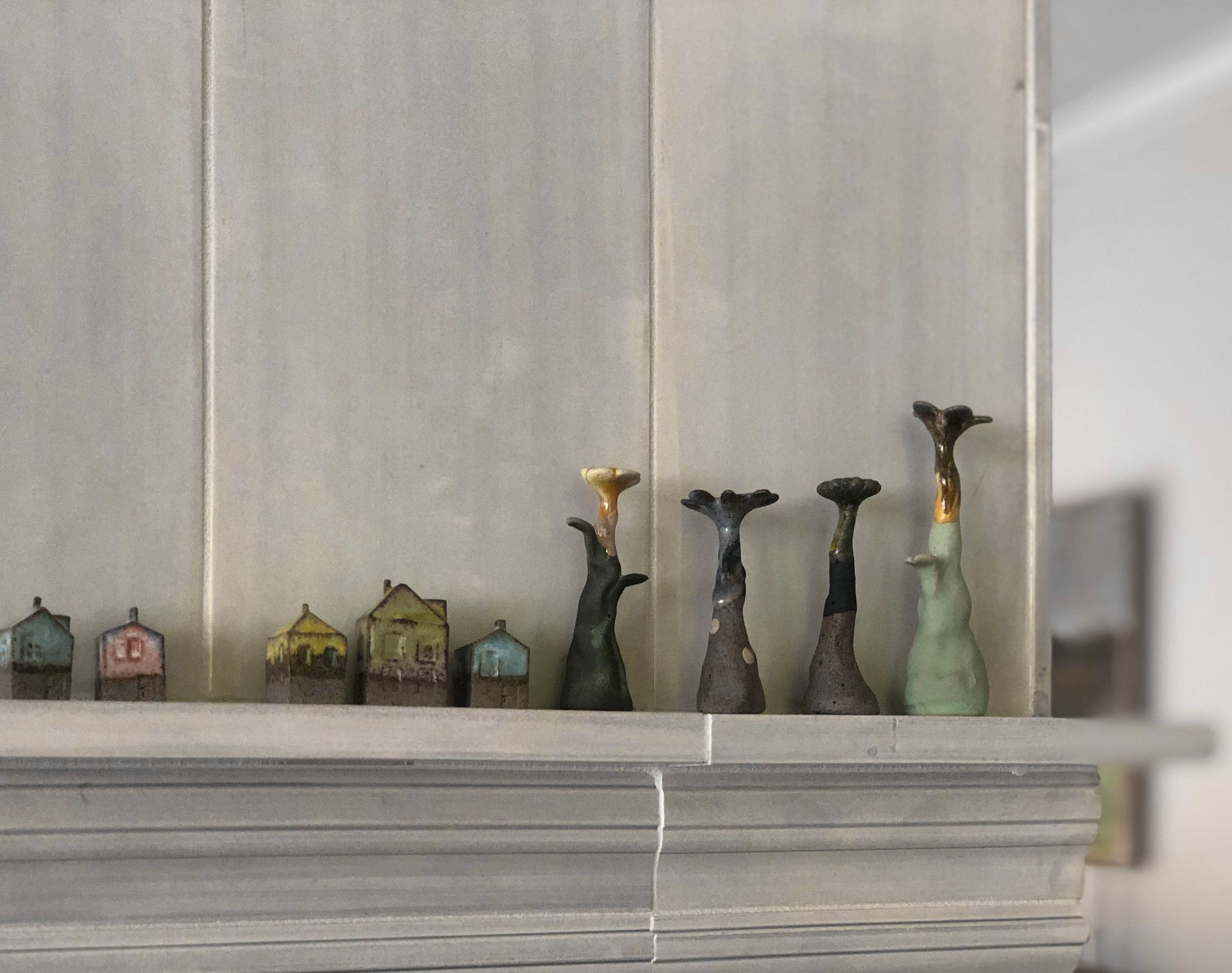
Ready to Add a Fireplace to Your Kitchen?
Our design team is available to discuss your specific space and answer any questions. Contact us today to schedule a consultation!
See More Stories
